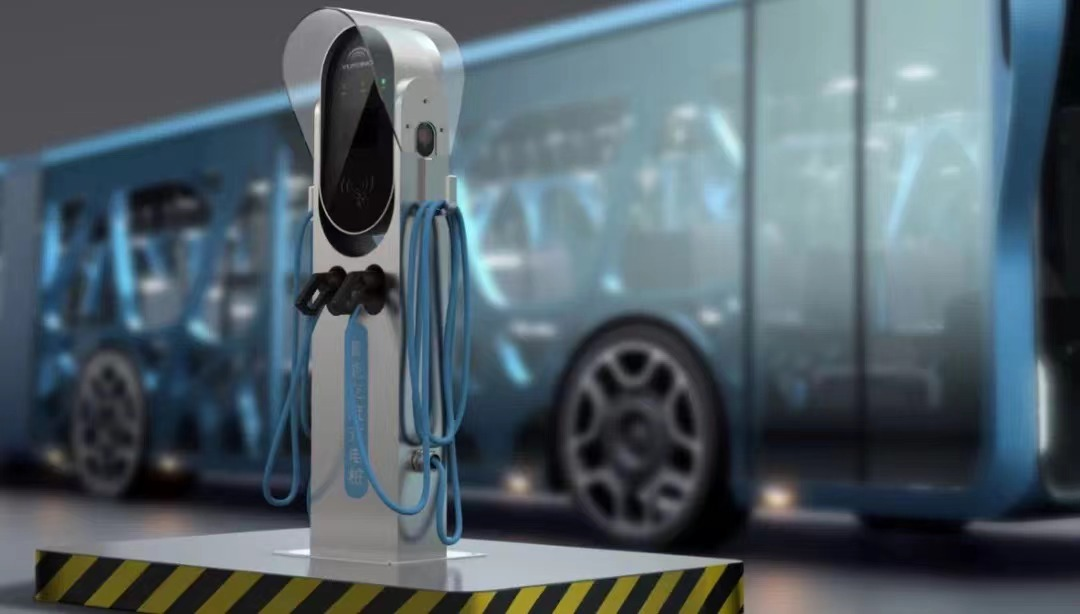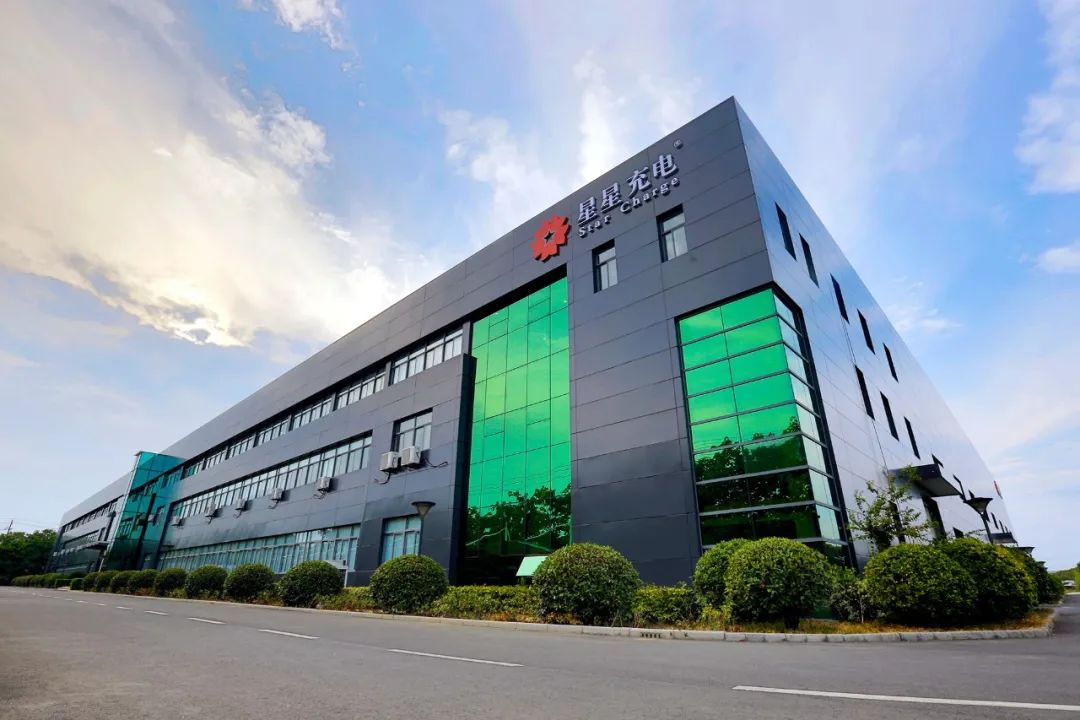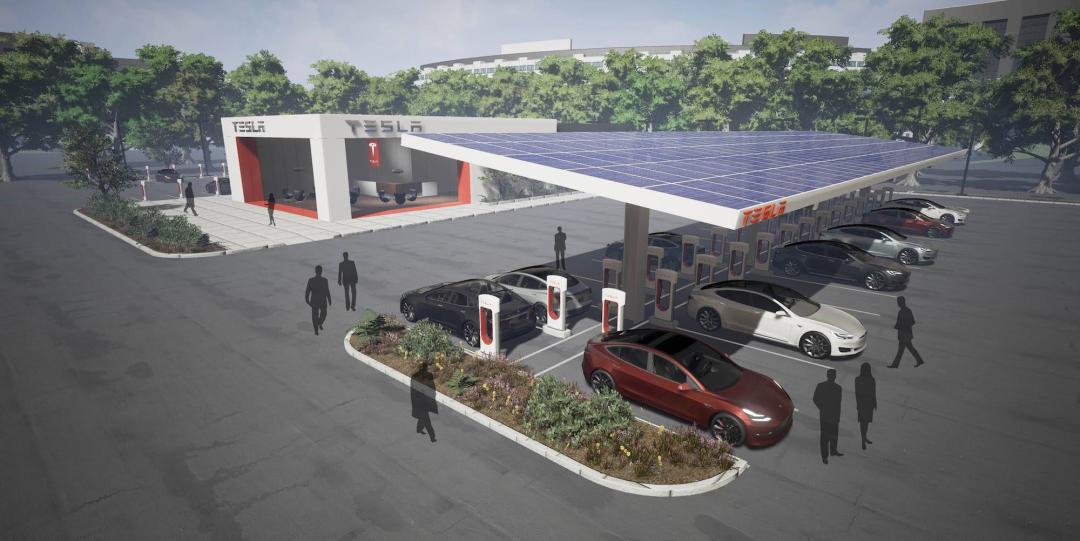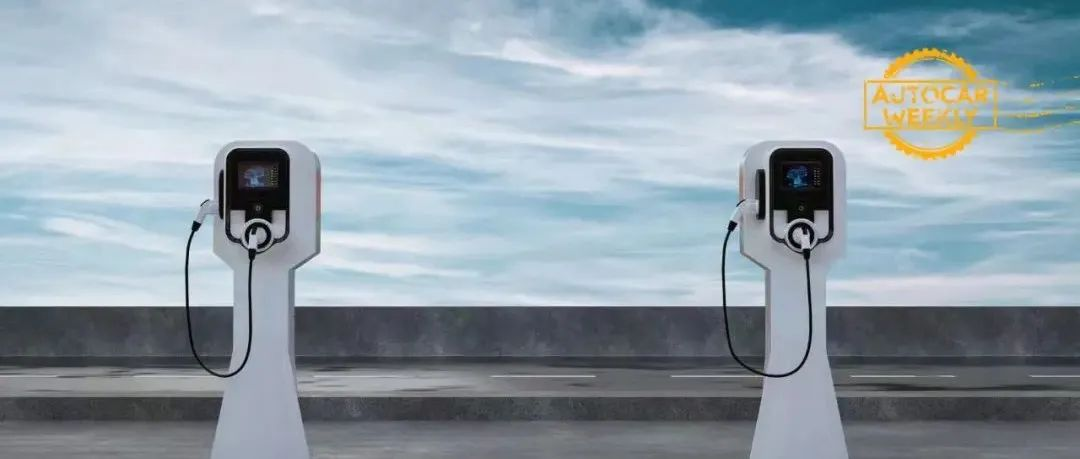The Financial Street’s Mr. Li
It’s only a matter of time before auto companies transform into energy companies.
Mr. Li has always emphasized that the password to Tesla’s high valuation is that it’s an automotive company, a data company, and an energy company. While many domestic car companies have laid out their big data through autonomous driving, there are not many companies that have laid out energy. Currently, only BYD and NIO have done so.
When it comes to energy layout, everyone immediately thinks of charging and swapping, which is the most important part of energy layout as the end of the energy industry chain. Many companies at home and abroad have laid out charging and swapping. Recently, SAIC Group established an energy company — Shanghai Jieneng Yi Electric Energy Technology Co., Ltd., which specializes in the sale of new energy vehicle charging and swapping facilities, and the operation of electric vehicle charging infrastructure. The company is wholly owned by SAIC Group.
Since the birth of new energy vehicles, from slow charging to few charging piles, and then to industry encouragement of swapping, charging and swapping have always been a topic that everyone cannot avoid. Today, Mr. Li will talk to you about the strategic layout behind car companies launching charging pile services from the perspectives of users, industry, and capital, and where the endgame of car company charging and swapping networks lies.

Who is devoted to providing user services?
From publicly disclosed information, the positioning of SAIC’s newly established energy company is very clear — a manufacturer and operator of charging and swapping infrastructure, which means that SAIC intends to lay out the charging and swapping business from a group perspective. When it comes to the layout of energy companies, Mr. Li believes that enterprise strategic directions can be divided into three categories:
The first category is primarily Ningde Era and CATL, which are essentially battery companies. They layout upstream photovoltaics, downstream energy storage, and even further downstream swapping for Ningde Era; CATL not only lays out energy storage batteries but also links to BYD passenger cars directly downstream, connecting to the C-side energy network.
The second category is primarily Tesla and NIO, which are essentially automotive companies. Tesla, without a doubt, has laid out energy storage batteries, power batteries, and automotive businesses; NIO has laid out various energy supplementation methods, such as slow charging, fast charging, swapping, and mobile charging. Although NIO has not laid out its own battery business, it has turned its attention to power battery asset companies through NIO Power.
The third category is primarily Xpeng Motors, Volkswagen and other car companies. These companies are essentially engaging in user services through the laying out of charging pile businesses, with no plans in the short term to lay out energy plates. As we saw earlier, the core business of the energy company is “PV, energy storage, charging, and testing,” meaning that the energy layout industrial chain is long, and car companies need to invest relatively high costs to carry out the layout.
Li (nickname of a person) communicates with many strategic departments of enterprises. Currently, the third type of car companies can be further subdivided into two categories. One type is companies that only want to layout charging and battery swapping services for users, and the other type is companies that focus on serving users in the short term and laying out energy in the long term. Li believes that SAIC belongs to the latter.
At this point, many friends will understand why all car companies are currently subsidizing users by giving discounts. If a company only manufactures charging and battery swapping infrastructure, it can certainly make money. However, car companies must carry out charging and battery swapping operations in order to improve user charging experience. Up to now, charging and battery swapping operations are essentially a short-term non-profitable business that car companies have to do.
Gas stations, charging stations, or future hydrogen refueling stations, all operate with the same business model, which can be measured using a simple “cost-volume-profit” model. Although the number of new energy vehicles on the road has exceeded 10 million, so far, except for some highly utilized charging and battery swapping stations, new energy vehicle charging and battery swapping operations have not reached the break-even point, and it is still an unprofitable business. If a company with over 10,000 charging stations claims to be profitable, then they are definitely lying.

The investment and construction of charging and battery swapping networks also requires a lot of money. Li gives everyone a reference data: the complete construction cost of a 150kW fast charging station is about 100,000 to 150,000 yuan, including the purchase cost of the charging station, site fees, and power grid capacity increase fees, etc. If daily operating costs are added, it will take 2-3 years for a single fast charging station to recover its cost assuming a daily utilization of ten hours.
The current problem is that the utilization rate of charging and battery swapping networks is too low. Taking Shanghai EV Data as an example, the average utilization rate of public stations in Shanghai, except for buses, has been between 1%-3% in recent years. However, charging utilization rates generally need to be higher than 5% to have a chance of reaching the break-even point. Therefore, except for State Grid, TELD and Star Charge, there is no enterprise in the market that can afford heavy asset investment and early losses.
Although many companies have announced that they have self-built fast charging station networks, most of these networks are in the form of “outsourcing and branding”. Car companies and charging station companies such as Star Charge cooperate to replace the charging station operators with car companies’ charging stations. The current density of car companies’ charging and battery swapping layout is not high, making it difficult to fundamentally solve the problem of charging difficulties.
The Industrial Layout behind “Light, Storage, Charging, and Inspection”User service is essentially following the industry, and the layout of charging piles by car companies is not only for user service but also for considering the energy layout at its root. As we all know, the charging and swapping network is one of the most important links in the future “light storage charging inspection” large energy system, and the charging and swapping system is one of the largest terminals in the energy industry chain.
In the “Development Plan for the New Energy Vehicle Industry (2021-2035)” it is mentioned that “new energy vehicles integrate new energies, new materials, the internet, big data, and artificial intelligence, and promote cars to transform from a simple means of transportation to a mobile intelligent terminal, an energy storage unit, and a digital space.”
In the national plan, the charging and swapping network is the most important transfer point for the combination of cars and energy. From a short-term perspective, the public charging and swapping network has only the advantage of charging speed compared to private piles, without cost advantages. However, in the long run, with the “light storage” driving energy transformation, public charging and swapping will also have unique advantages.
While power generation in China is mainly based on thermal power, the energy is not zero-emission. Therefore, after the “30-60 dual-carbon goal” was proposed, renewable energy represented by photovoltaic and wind power will gradually replace renewable energy represented by thermal power. The rapid development of new energy such as wind power and solar power generation will completely overturn traditional energy and realize the comprehensive cost of photovoltaic and energy storage that is lower than that of thermal power. This is the most basic goal of domestic energy development in the next ten years, and also the core competitiveness of energy companies such as car companies.
When the public charging and swapping network achieves low cost, companies with integrated layout of “light storage charging inspection” will replace grid and petroleum companies and become true “energy manufacturers” and “energy operators”. Car companies, as the largest downstream distributed application scenario, have broad market prospects. At that time, car companies will become true “energy companies”.
For more than a decade, the cost of photovoltaic power generation has been decreasing, and it has been decreasing faster than that of power batteries. Therefore, “photovoltaic + energy storage” has become the mainstream energy not because it is the cleanest, but because it is the cheapest.
Currently, the system cost of photovoltaics has dropped to 3 yuan/W. Looking back to 2007, the system cost reached 60 yuan/W. Over the past decade or so, the cost has dropped to only 5% of its original price. The system cost for lithium iron phosphate energy storage has dropped to 1.5 yuan/Wh, and the number of charge/discharge cycles can reach 5,000.
Assuming that the system cost of photovoltaics will reach 2.2 yuan/W by 2025, and when amortized over 25 years plus financial costs, with a generation time of 1,500 hours per year, the cost of electricity per kilowatt-hour will be only 0.1 yuan.The energy storage system costs 1 yuan/Wh, can be charged and discharged 10,000 times, is depreciated over 15 years, and has an electricity storage cost of 0.1 yuan, including financial costs, which is only 0.13 yuan per kilowatt-hour.
Therefore, the electricity generation cost of photovoltaics + energy storage system is only 0.23 yuan/kilowatt-hour, and is expected to decrease to 0.15 yuan/kilowatt-hour by 2030, far lower than the current electricity cost of coal-fired power generation of 0.5-1 yuan/kilowatt-hour, sweeping all fossil fuels.
The imagination of the future charging and exchanging system is “light-storage-charge-inspect”. Charging and exchanging operators are the key nodes in the vehicle-pile-network system. Automakers can serve as intermediate nodes of intelligent energy in the future charging and exchanging and storage process, and can explore applications for various scenarios. Furthermore, they can control vehicle-pile big data. The vehicle-network interaction business model will bring new commercial prospects.

Frankly speaking, this business is essentially in the embryonic stage, but the future is promising. This is an industrial layout problem. In the past, automakers only produced cars. Whoever can lay out power batteries would be in charge. BYD and Great Wall Automobile have done it first. The same goes for charging and exchanging networks. Whoever can control the charging and exchanging networks can stand out in the “light-storage” era. Tesla and NIO have taken the lead in laying out.
This is the secret of industrial investment. Its profit point is not now, but in the future, and not in the industry, but in capital.
The profit password of the capital market
Recently, many industry experts have said that it is better for Changan to transfer Aivita than to work hard to manufacture cars in the first quarter. By incubating the Aivita project, Changan easily increased its net profit by more than 2 billion yuan in the first quarter. This is the power of investment. If we have to say which company in the automotive industry is best at industrial investment, it must be Tesla and BYD.
Many automakers only responded in the past three years. With the development of the new energy vehicle industry to this day, the investment in almost the entire supply chain of the research and development stage is saturated. Now, investment can only be made in the use stage supply chain, or in other words, in the market potential of the after-market, but the difficulty of finding targets is greater. Charging and exchanging networks are one of the few areas where automakers can “kill two birds with one stone”. One is to market vehicles in the name of serving users, and the other is to carry out industrial layout.
Since the financing of Teld in the past year, the primary and secondary markets have been paying attention to the charging and exchanging field because the development situation of leading charging and exchanging operators (Star Charge, Teld) is getting better, mainly due to three reasons:
First, the demand from users is constantly increasing. There is no need to say more about this.
Second, the leading operators have realized the problem of refined operation. Leading operators (Star Charge, Teld) are becoming more stable in their development, paying more attention to refined operation, the value of flow data, and other lightweight assets, and their profitability is improving.The story of “light storage, charging, and inspection” is becoming smoother and smoother, especially driven by Tesla, domestic car companies have been laying out their charging and battery swap networks, and the business model of head car companies will bring about a business transformation of charging pile operators. As mentioned before, car companies have obtained a large amount of charging data and service data through the BMS terminal of vehicles and the charging and battery swap terminals, and then transformed into digital energy services. The future of car companies’ charging and battery swap sectors will definitely follow the rule of “energy manufacturer” + “energy operator” for valuation.
Although the prospects are optimistic, the car company-dominated charging and battery swap network will also face many challenges:
On the one hand, the most scarce resource for the layout of charging and battery swap networks is “land resources”. The area that can layout the charging and battery swap networks in a city is limited, and the total market volume of a single area also has an upper limit. The competition among car companies is bound to be intense.
On the other hand, due to heavy capital investment, car companies must have a strong user support system. Only by improving the service quality and frequency of own network users, can car companies survive in the competition with third-party charging and battery swap operators. However, the problem is that third-party companies have the ability to provide multi-brand services and inherent cost-sharing advantages.
From a long-term perspective, Li believes that the best endgame for the charging and battery swap operation sector of car companies is to split and go public. Currently, charging pile operators are seeking a good time to go public, perhaps in the next 2-3 years. Although the financial reports of charging operators have been losing money, the primary and secondary markets have a high enthusiasm for the post-market sector of new energy vehicles.
Currently, the private head charging operators have formed a “two heroes” (Teld and Star Charge) pattern, and the ranking of the lower-tier operators is not a high-quality target. After the “two heroes” go public, the charging and battery swap networks hatched by car companies will become a hot target in the capital market, and financing and listing are only a matter of time.
This article is a translation by ChatGPT of a Chinese report from 42HOW. If you have any questions about it, please email bd@42how.com.
